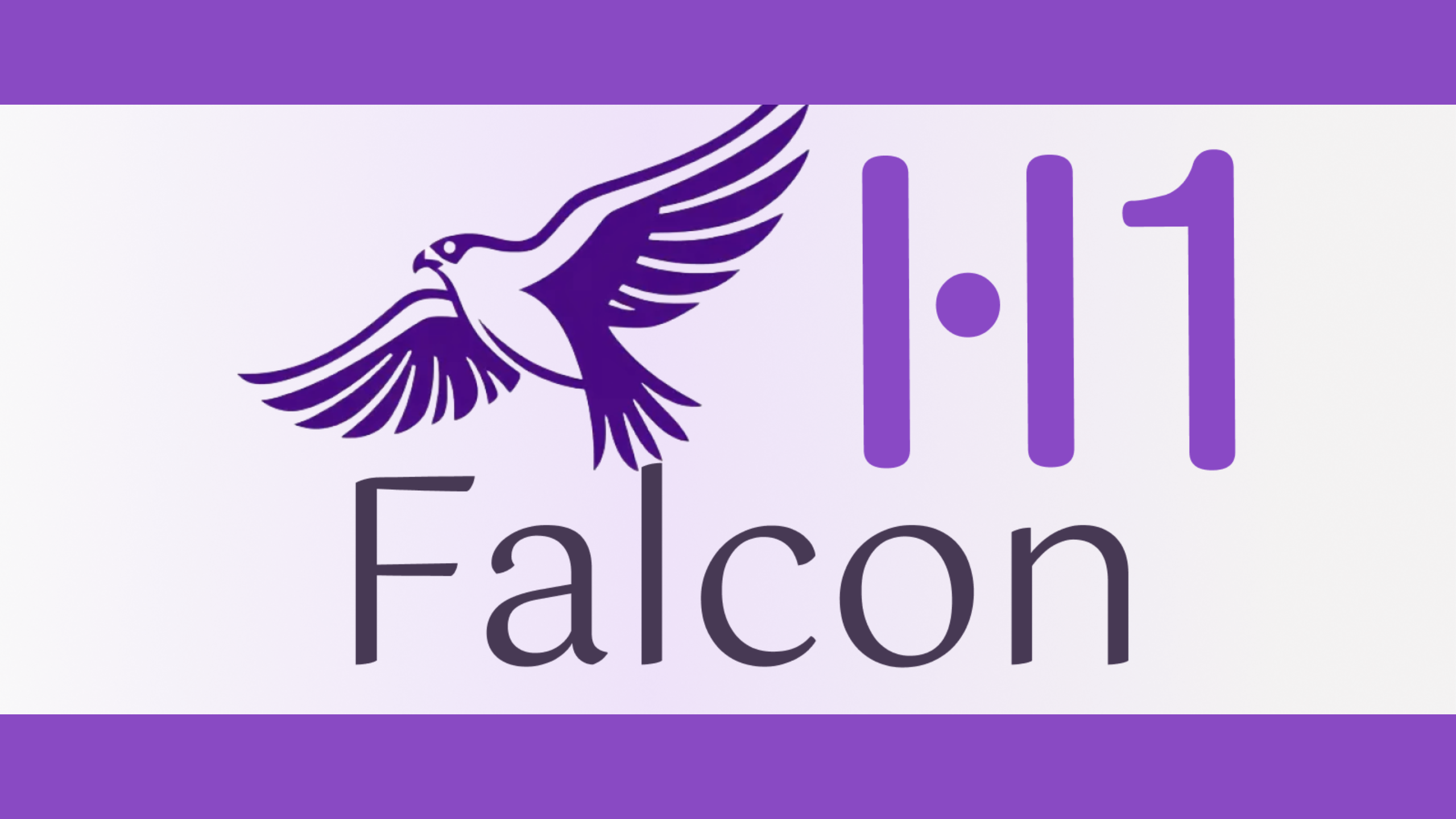
Falcon-H1: A Game-Changer in Large Language Models
The Falcon-H1 series, developed by the Technology Innovation Institute (TII), represents a significant leap forward in the evolution of large language models (LLMs). This innovative model integrates Transformer-based attention with Mamba-based State Space Models (SSMs) in a hybrid parallel configuration, achieving exceptional performance, memory efficiency, and scalability.
Released in multiple sizes ranging from 0.5 billion to 34 billion parameters, Falcon-H1 features various versions including base, instruct-tuned, and quantized models. This variety allows the Falcon-H1 to redefine the trade-off between compute budget and output quality, offering parameter efficiency that surpasses many contemporary models such as Qwen2.5-72B and LLaMA3.3-70B.
Key Architectural Innovations
The technical report details how Falcon-H1 employs a novel parallel hybrid architecture where both attention and SSM modules operate concurrently. Their outputs are concatenated before projection, a departure from traditional sequential integration. This design provides the flexibility to independently tune the number of attention and SSM channels.
The default configuration optimizes efficiency and learning dynamics by employing a 2:1:5 ratio for SSM, attention, and multi-layer perceptron (MLP) channels, respectively. The research further investigates channel allocation, revealing that while increasing attention channels can deteriorate performance, balancing the number of channels leads to improved model efficacy.
Implications for the Future
Falcon-H1's advancements point toward a future where large language models can achieve better performance with fewer resources, setting new standards in the industry. As these models continue to evolve, they promise to enhance a variety of applications in natural language processing, making them more accessible and efficient for developers and organizations alike.
With its robust architecture and impressive parameter efficiency, Falcon-H1 stands poised to challenge existing benchmarks in the field of artificial intelligence.
Rocket Commentary
The Falcon-H1 series from the Technology Innovation Institute signals a commendable stride in language model development, particularly with its hybrid approach that merges Transformer-based attention and Mamba-based State Space Models. However, while the promise of improved parameter efficiency and scalability is noteworthy, it is essential to scrutinize the broader implications of such advancements. The introduction of multiple model sizes catering to diverse computational budgets offers flexibility, but raises questions about accessibility and ethical deployment. As AI technology continues to evolve, ensuring that these powerful tools are not just high-performing but also equitable and responsibly integrated into various sectors becomes paramount. The industry must prioritize not only technical excellence but also the ethical frameworks that govern AI deployment, ensuring that innovations like Falcon-H1 truly serve to transform business and societal outcomes positively.
Read the Original Article
This summary was created from the original article. Click below to read the full story from the source.
Read Original Article